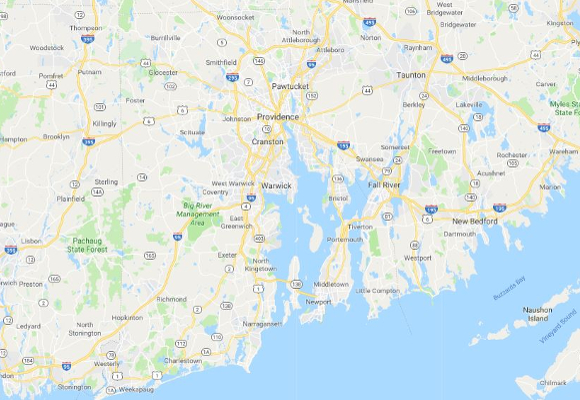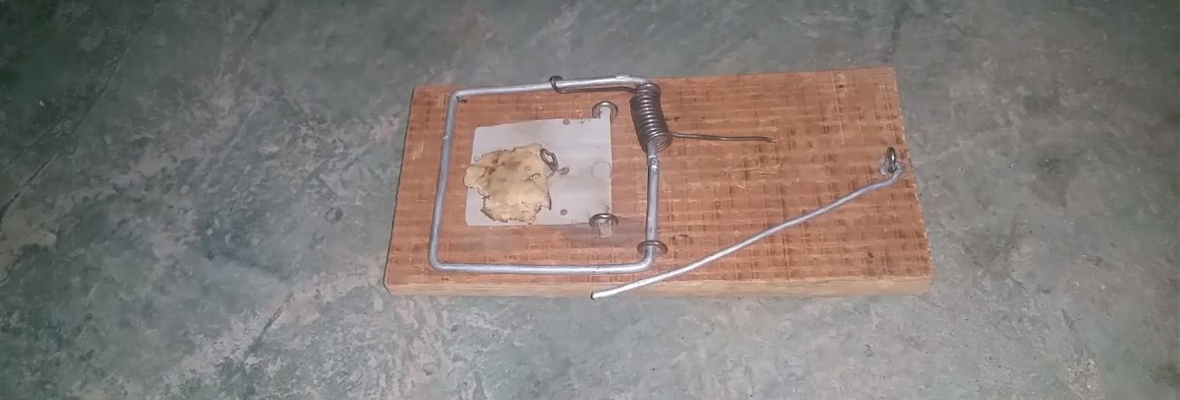
Pest Animal Removal Rhode Island - Wildlife Control
Welcome to Pest Animal Rhode Island! We are a wildlife removal company servicing Rhode Island, RI. What will you get if you hire us? A family run business with over a decade of wildlife control experience behind it. You'll also get the latest, state-of-the-art equipment and methods to not only remove the pest you've found yourself with, but also make sure it can't come back. Whether it's a big emergency job, or a little one, we answer our phones 24/7. Our staff are super friendly, and in the rare case that we can't offer you a sane-day appointment with one of our locally working technicians, we'll be able to offer your helpful advice, for FREE, on how to resolve the situation yourself. By hiring us, you'll be hiring the number one wildlife control company in the metropolitan area, and that's three years in a row too. We'll remove the animal, and the problem, and any disease threats the wildlife and / or waste matter can bring with it. We will also repair any damage caused, not only by us throughout our inspection and repair operation, but also that the animal leaves behind as well. In bad cases, this can include replacing office insulation, repairing electric cables, and more. Call us now at 401-305-2304 for your Rhode Island wildlife control needs.
About Pest Animal Rhode Island and Our Services:
Humane wildlife trapping and exclusion.
We offer attic cleanup and sanitation services.
Specializing in wildlife only - no poisons.
Fully Rhode Island licensed and insured.
Poison-free Rhode Island rodent control - rats and mice.
Experts in Rhode Island bat removal from buildings.
Rhode Island raccoon removal and skunk removal.
Removal of animals in the attic, like squirrels.
Dead animal removal, inside and outside.
Rhode Island snake removal and prevention.
Rhode Island bird control services.
We look forward to hearing from you!
Our Service Range

Our Service Range
We service Bristol County, Kent County, Washington County, New Port County, and Providence County. We also service Woonsocket, Pawtucket, North Providence, Providence, East Providence, Cranston, West Warwick, East Greenwich, Warwick, Bristol, Providence Island, Newport, Kingston, Hope Valley, and more.Rhode Island Wildlife Removal Tip of the Month: What Is The Best Bait To Trap A Rodent?
If you have a rodent on your property, then you probably already figured out that the best way to get rid of it is trapping and relocation or exclusion. If you choose to go with the method of trapping, then you will have to use a bait of some sort. Unfortunately, not all rodents are the same which means that the type of bait you need to trap a rodent will depend on the particular animal.

Figure Out The Rodent
While most people think of rats and mice as the only rodents that can invade their home, there are also other options. Some other rodents you may find on your property include voles, gophers, prairie dogs, squirrels, chipmunks, woodchucks, marmots, and porcupines, depending on where you live. You can always do a little bit of research to figure out which bait is best for a particular rodent and many of them will be attracted by similar items. If you know the type of rodent on your property, then read on to see what bait will work best.
Mice
You will need to pick a lightweight bait to catch mice because the traps tend to have very sensitive triggers. Mice typically eat grains and seeds, but they will be interested in foods with high protein, fat, or sugar content. Therefore, try peanut butter (with or without oatmeal), gumdrops, marshmallows, bread and butter, beef jerky, cherry pits, or small nuts.
Rats
There are actually two types of rats that may be in your North American home. Norway rats tend to be at the ground level or lower, living in your dumpster, sewer, basement, or a burrow. They like foods with high levels of sugar, protein, and fat so consider using peanut butter, dried fruit, bacon, or gumdrops. If the rats are higher in your home, such as your attic, trees, or nearby cliffs, then they are probably roof rats. These rodents prefer fruit, nuts, and other plant-based foods. Try peanut butter, dried fruit, berries, or nuts.
Squirrels
Squirrels are omnivores but their favorite foods are tender vegetables or fruits, herbs, seeds, grains, and nuts. Try giving them peanut butter, cereal grains, nuts, apples, sunflower seeds, bread with almond extract or anise oil, or popcorn.
Chipmunks
As with mice, you want to pick lightweight bait for chipmunks because the traps tend to have sensitive triggers. These animals prefer berries, grains, and nuts so you can give them unroasted peanuts, peanut butter, pumpkin or sunflower seeds, cereal grains, prune pits, raisins, or corn.
Gophers
Gophers tend to eat underground stems and roots of trees, shrubs, vegetables, flowers, and grass. Because of this, you should try some fresh vegetable stems or roots. Some of the best options include apples, celery sticks, carrot sticks, and peanut butters. They will also find it hard to resist alfalfa pellets or greens.
Groundhogs
Groundhogs or woodchucks tend to like herbaceous green plants along with sweet fruits. Consider a fruit or vegetable that is ripe and rich in nutrients like peas, lettuce, sweet corn, cantaloupe, string beans, peaches, or strawberries.
Porcupines
In general, the bait you use to catch a porcupine doesn't matter as much as the location of the trap. You can, however, increase your chances by giving them access to salt, since they frequently lack this in the wild. Try soaking a piece of leather or bark in a salt solution. An alternative is to add turnip or carrot to a salt solution.
Voles
Because voles are mostly herbivores, you will get best results with plant-based baits. Consider small nuts, sunflower seeds, oatmeal with peanut butter, bread with butter, cherry pits, apples, gumdrops, or peanut butter with some molasses.
How To Use The Bait
In addition to choosing the right bait to trap a rodent, you also need to use it correctly. Make sure that you place the bait in the proper position within the trap. It should be close enough to front to attract the animal and let them know it is there, but still far enough back so that the rodent will have to enter the trap and trigger it in order to get the food. Depending on the type of rodent, you can also use a small trail of bait to guide them to the trap. This isn't always necessary, but it can help. If you create a trail of bait, make sure not to use too much. You want to be sure that the rodent is still attracted by the main bait which won't happen if they are full after eating the food that led them there.
Choosing A Trap
You will also have to select the proper trap for the rodent in question. The ideal option is to use a live cage trap and then relocate the animal. In this scenario, always make sure that the trap is the proper size for the rodent so they are not uncomfortably squished inside. If you plan on using a lethal trap, pick a snap trap so the rodent is killed instantly and won't suffer.

